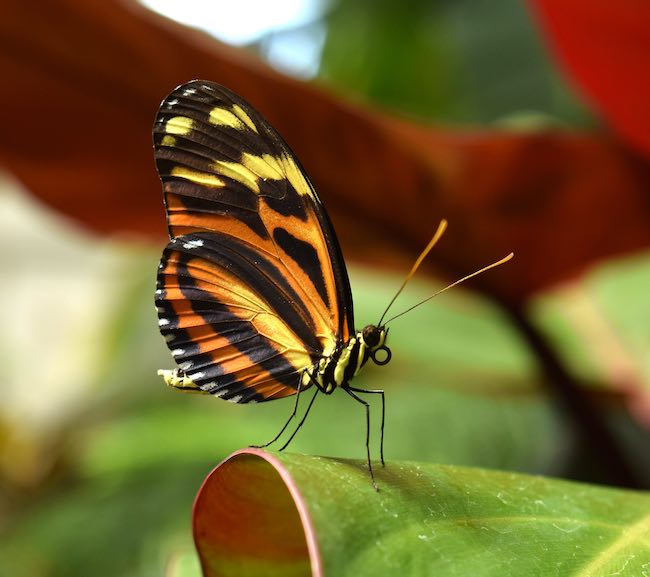Encouraging Butterflies into Your UK Garden with the Right Plants

A sight to behold, the delicate dance of a butterfly gracing your garden instantly elevates your outdoor space into a live nature exhibit. Attracting these beautiful creatures isn’t just a treat for the eyes; butterflies act as excellent pollinators and contribute to biodiversity. Moreover, their presence indicates a healthy environment. In the UK, there are many native plants that can attract a variety of butterflies. Here are our top picks for each season.
Spring
In early spring, butterflies emerge from their winter slumber, ready to feed on nectar-rich plants.
- Aubretia: This hardy perennial is perfect for early butterflies. Its vibrant purple and pink flowers provide a rich nectar source and add a splash of colour to your spring garden.
- Primrose: The delicate yellow flowers of primrose are not only aesthetically pleasing but also a favourite among early-emerging butterflies such as the Brimstone.
Summer
This is the peak season for butterflies, and your garden should be teeming with a range of nectar-rich plants.
- Buddleia (Butterfly Bush): Aptly named, the Butterfly Bush with its cone-shaped clusters of tiny purple flowers is irresistible to many butterfly species including the Peacock and Red Admiral.
- Lavender: The sweet fragrance and delicate purple flowers of lavender are a hit with butterflies, and they also add a touch of Mediterranean charm to your garden.
- Marjoram (Oregano): This herb is not just for your kitchen; marjoram’s tiny pink flowers are a magnet for butterflies. Plus, it’s an easy-to-grow perennial that thrives even in poor soil.
Autumn
As summer fades, it’s important to have plants in your garden that provide a late source of nectar.
- Michaelmas Daisy: This perennial blooms late into the autumn, providing a rich source of nectar when most other plants have stopped flowering.
- Sedum (Ice Plant): With its large flat heads of tiny pink flowers, sedum provides a landing pad for butterflies, and its late flowering period makes it a vital food source.
Winter
While most butterflies are dormant during winter, a few species, like the Red Admiral, can be seen on milder days.
- Ivy: Often underrated, ivy provides a late source of nectar and its dense foliage offers shelter during the colder months.
Remember, it’s not just about the right plants. Butterflies also need sunny, sheltered spots to warm their wings for flight and flat stones or bare ground for basking in the sun. Avoid using pesticides as these can harm butterflies at all stages of their lifecycle. Providing a shallow dish filled with water or wet sand can help hydrate these delightful visitors. By taking these steps, your garden can become a haven for butterflies, adding movement, colour and life to your outdoor space while contributing to local biodiversity. Happy gardening!